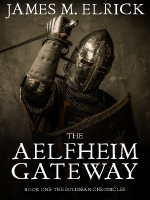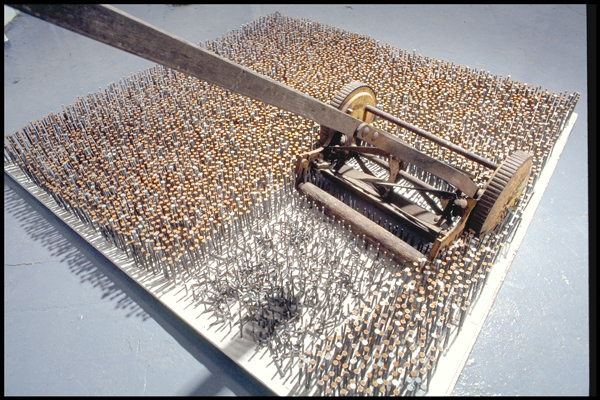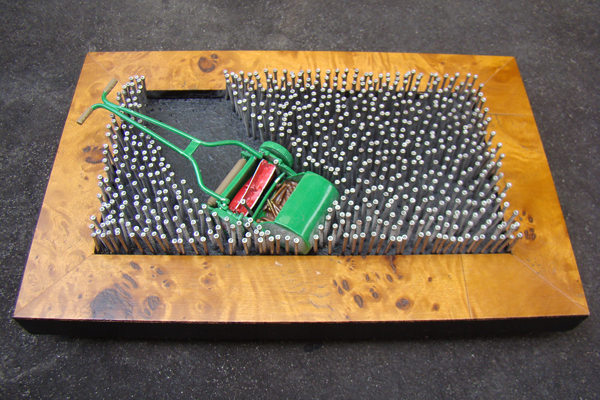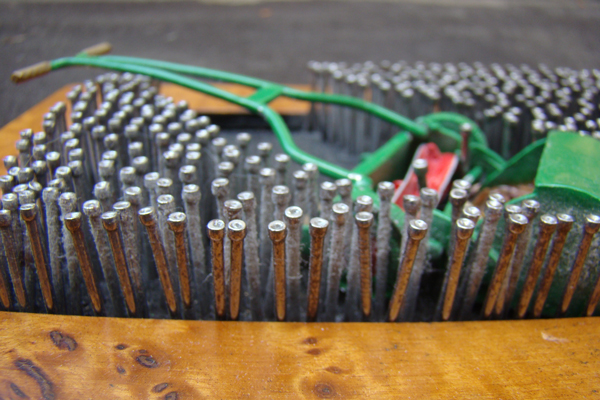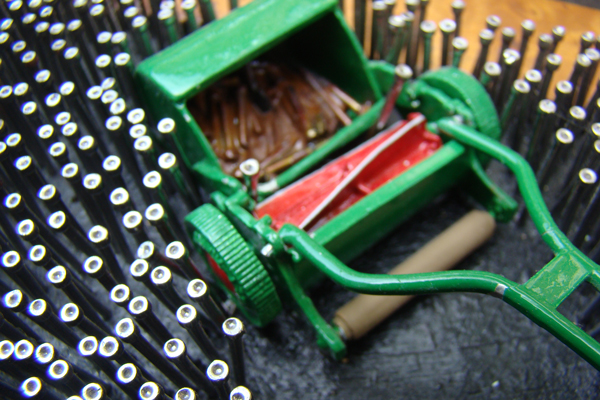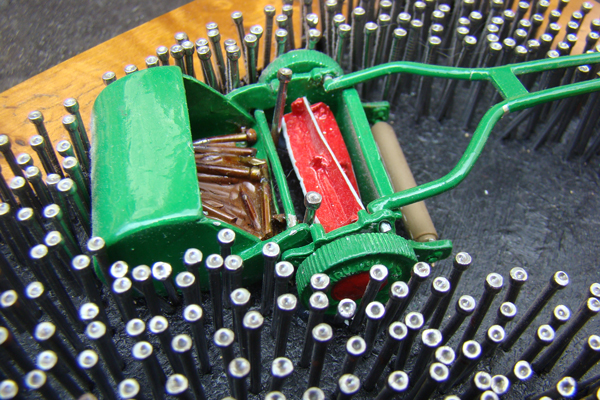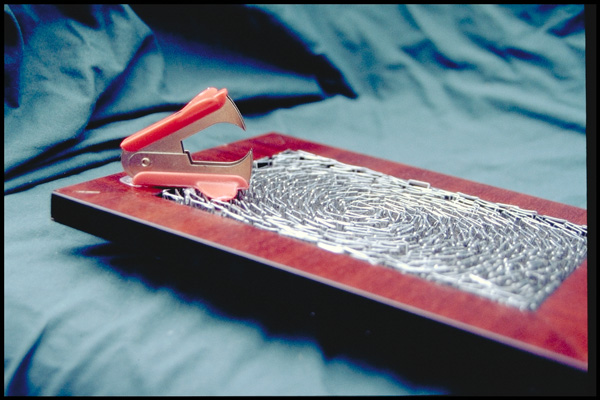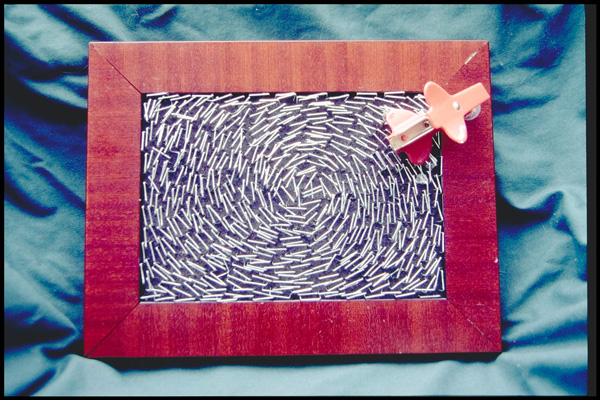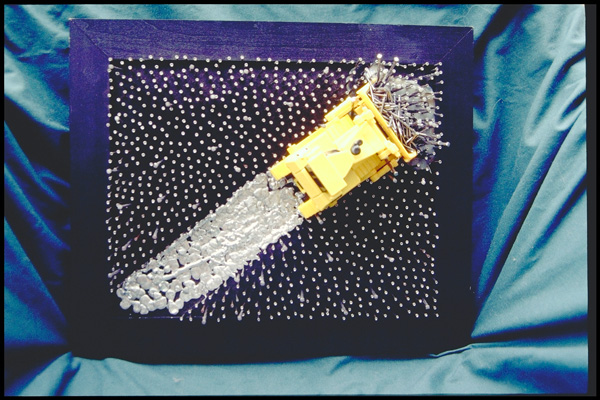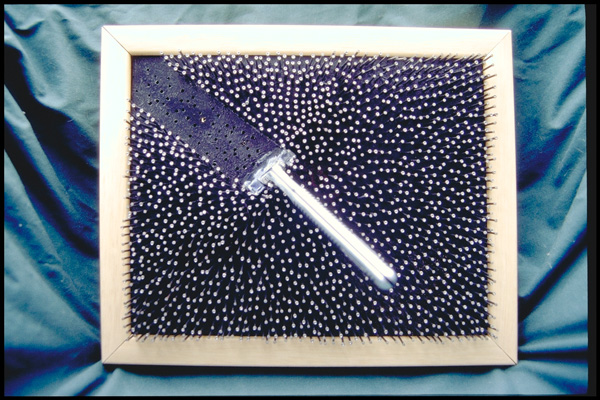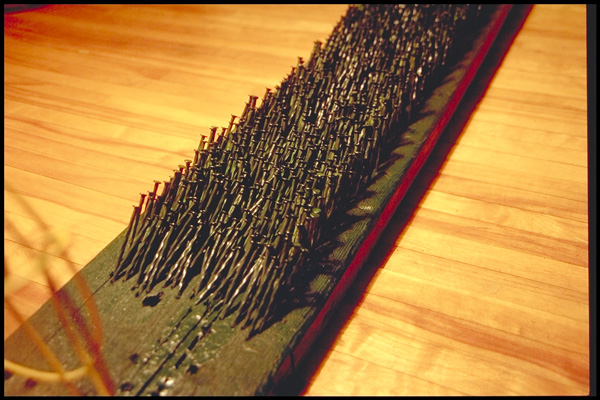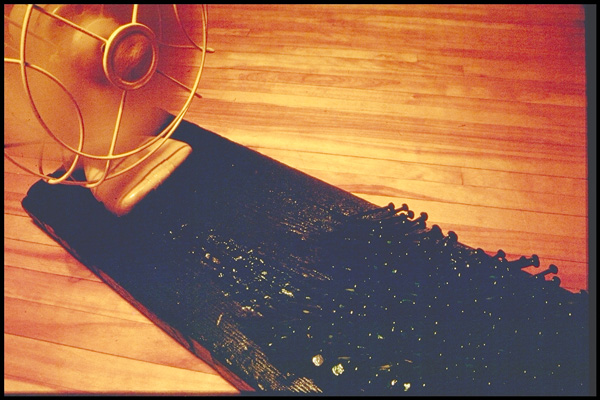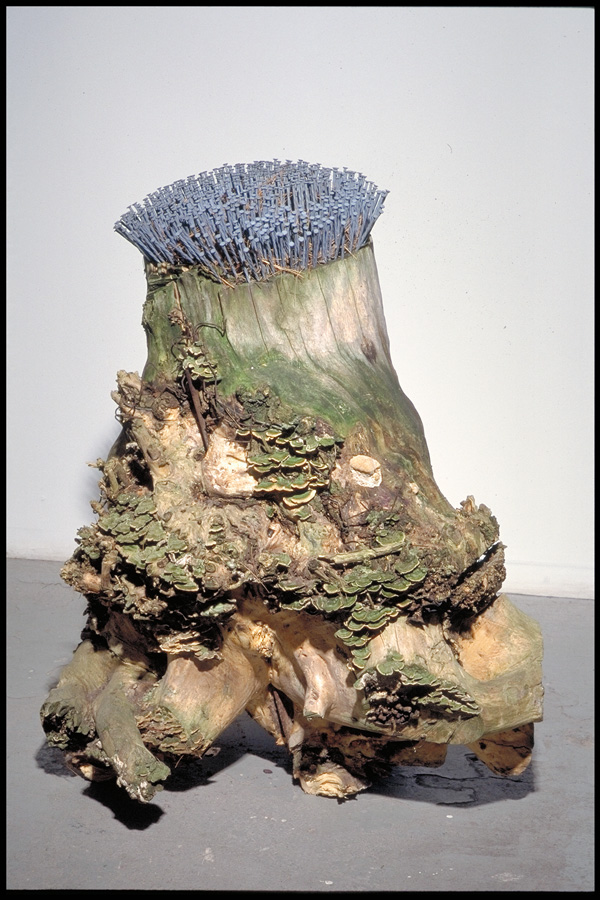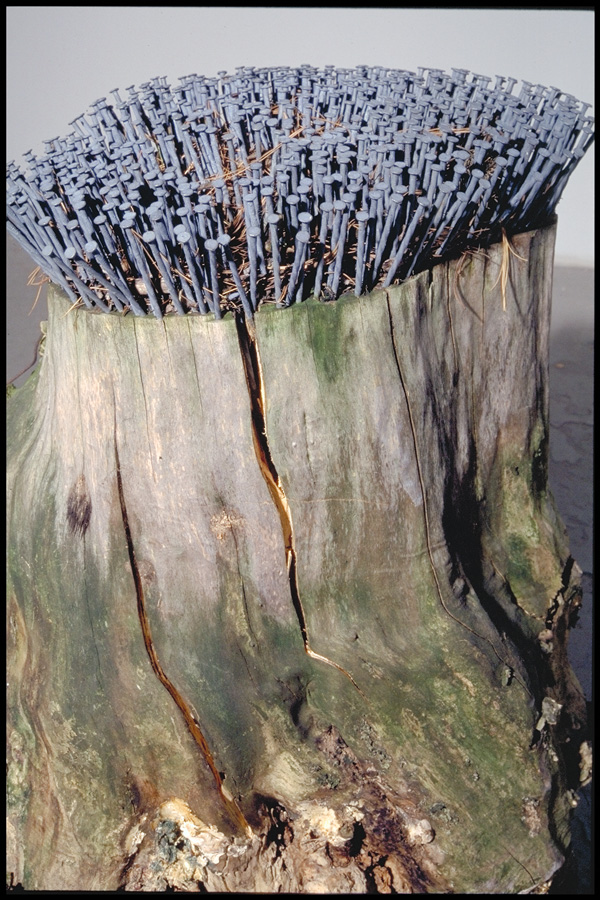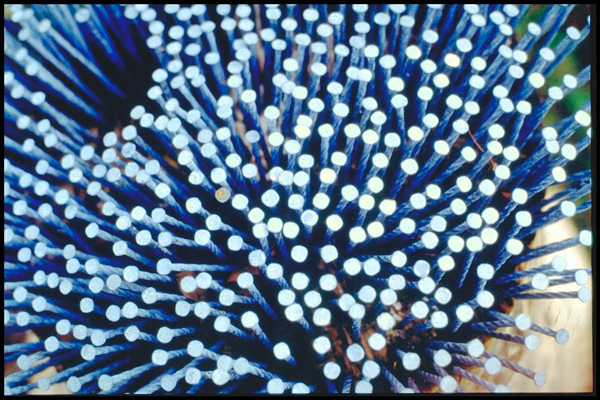Excerpt: The Aelfheim Gateway
Prologue
“Master?”
“Yes, child.”
“Why do we not simply use buckets to drain this pond?”
The young monk, barely old enough to shave, pointed at the pond filled with thick sluggish liquid. The surface was glassy smooth, undisturbed by fish or fowl. All around the pond were rocks and boulders and meager soil. No villages could be seen as the pond was quite remote.
“The liquid in the pond is special. Were you to use a bucket, fill it, and empty it far from the pond, the level in pond would not decrease.”
“Why is that, Master?”
“The pond is special. And that ensures the water level of the pond never alters but remains constant.”
The young monk looked again in wonder at the black pond. He had thought it an honor that the Master, whom everyone called the Alchemist, of their small and humble monk’s stronghold had asked him for assistance. He was to help the Alchemist plant a small sapling near the odd pond.
“You say that the roots of this tree will draw nourishment from the pond? But the water in the pond looks to be thick tar, like the type I use when I paint the outside of our buildings to keep the timber dry. I cannot imagine how any tree could grow from tar.”
“It may appear to be black, thick, and sluggish, my young novice. But it is not tar you see in the pond—it is magic.”
“Magic is black tar?”
“No, not quite. It is difficult to explain. You see, this pond is old, older than you, almost as old as me.”
The young novice nodded trying to appear wise.
“No one builds near it, no animals drink from it. It is a cursed pool that we need to drain. And finally, after searching for years and years, I believe I may have found a way to do it.”
“With this sapling?” The novice held up the small tree. It had a thin black trunk and white leaves. It was in a small bucket of dark soil that smelled of salt.
“With the sapling, yes. This tree is also magic. You see my young novice you need to fight magic with magic. This tree, as it grows, will only draw nourishment from the pond. And what makes this tree special is that the magic of the pond will never notice the level decreasing. Because, as the tree grows, it retains the pond’s liquid, holds it in its veins and roots. So that over time, the pond will be drained.”
“What will happen then?”
“The land will change. This pond is a gateway between our world and another. And the magic in the pond is a barrier, preventing the people from visiting our world again where they once ruled.”
“What people?”
“People who used to live here a long time ago.”
The novice looked confused. “How long will it take for the tree to drain the pond and open the gateway?”
“Years, my young novice, many years. I think I have talked enough. My voice aches and the sun sets. We are running out of time. I see you have brought the shovel. Please, begin.”
The novice dug in the ground, his back to his Master, barely finding any purchase as the land was rocky and the soil thin. But he managed to dig a hole deep enough for the sapling and planted it in the ground. He noticed that the sapling almost seemed to be sleeping, as if hibernating. And he felt life in the tree as if it had a heartbeat. He put the shovel aside and used his hands to push the soil back around the roots, carefully covering them to ensure they would not dry out in the critical first days of growth. He took great pride in his abilities to grow vegetables at the stronghold where he lived with the other monks, novices, and the Alchemist. He loved being in the garden, tilling the ground, watering the vegetables, protecting them from rabbits and other dangers, watching them grow, and then harvesting them when ready.
He slapped his forehead with a dirty hand. “We forgot to bring water! What will help the tree grow?”
The sharp edge of the shovel sliced through the novice’s neck. Blood spurted spraying the ground. Shocked, the novice could only stare up at his Master in disbelief as his life drained from his body.
“Blood. Only blood feeds a Heart Tree.”
The Alchemist stared down at the dead body. With his heel he pushed the novice’s body closer to the sapling. The last pulses of the novice’s heart pumped blood onto the sapling’s roots.
The Alchemist looked closely at the sapling with pitch-black bark and blazingly white leaves. He could see the faintest pulse like a heartbeat in the thin trunk as the sapling began to draw nourishment.
Satisfied, he took the gardening tools and made his way back to his stronghold.
Purchase The Aelfheim Gateway on Amazon.com, Amazon.ca, or Smashwords.


